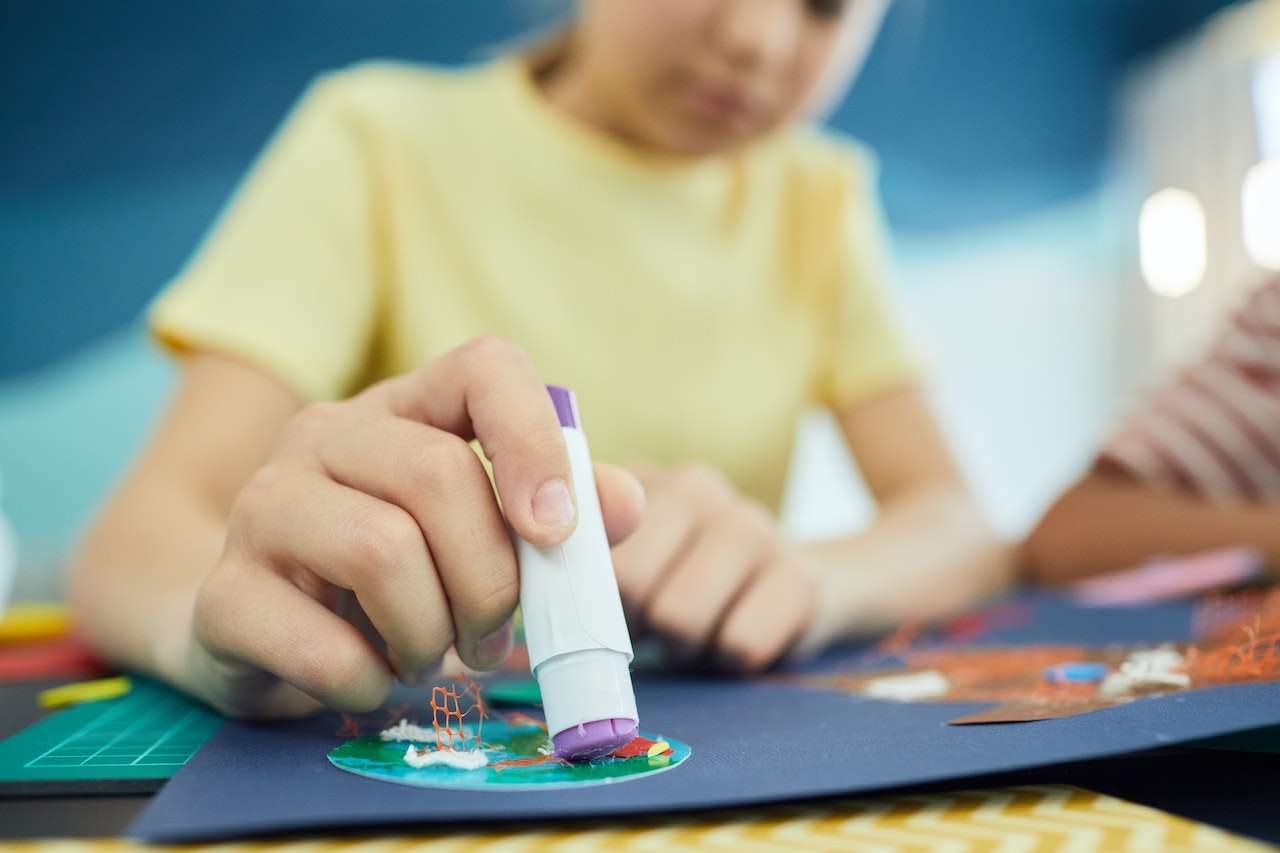Whether it is triggered by upcoming exams or by a time-crunching work-related deadline, stress is a normal part of life and something most adults experience at some point in their life.
But did you know that as much stress is a part of an adult’s life, unfortunately in the modern world, stress occurs in children too?
In fact, several studies have indicated that stress is more prevalent in children and teenagers in the contemporary years than ever before.
There are myriad factors that may contribute to children having uncountable stress that often manifests in different ways.
For most students, the excess school work, the pressure of assignments or examinations, demanding school activities or sports, and socialization can be common factors that result in higher anxiety as well as stress levels.
Although stress is a common part of one’s life, it is a parent’s responsibility to help their teenagers and children manage their stress in a healthy way.
The pent-up stress and anxiety in children can lead to several setbacks in life, making simple chores overwhelming and leading to emotional outbursts.
However, there is a silver lining to this issue, when given opportunities to manage stress in a healthy way, children are able to build emotional resilience.
Below is a compilation of information regarding managing stress in children to help parents put their children’s minds at ease.
What are the major stress-causing factors for children?
While most associate stress to be a “grownup” problem, in the modern world, children and teenagers are surrounded by several natural stressors that trigger anxiety in children.
For adults, stressors may be the noise from the traffic, computers, mobiles, television, or the anxiety of juggling one’s professional and personal life.
Stress in children is often a result of significant changes that take place in their lives during their school years.
Whether the changes are positive like starting a new class grade, or negative like family turmoil or bullying, they can trigger stress and anxiety.
The main factors that trigger anxiety and chronic stress in children are school activities, socialization with peers, pressure to succeed, and examination.
But stress in children is not limited to school experiences, family conflicts, and family changes, among other issues that can lead to stress in children.
Different factors can trigger varied responses in children of varying age groups.
Hence incidents that trigger stress in children of age 8 years, may not cause trouble for a teen who’s 15 or 16 years of age.
To help you understand stressors for children thoroughly, below is a list delineating common stress factors for different age groups:
Common Stressors of children of all age groups:
- Bullying, Peer Pressure, Bullying, or Conflicts with friends
- Struggling in academics
- Changing or Switching Schools
- Disappointing one’s parents
- Balancing academics and extracurricular activities
- Family conflicts, Parental divorce
- Financial difficulties
- Unsafe living situation
Stressors for children:
- New experiences
- New Places
- Performing in front of an audience (including friends and family)
- Being away from home
- Due dates for homework, assignments, and exams
- Getting picked last for teams
- Dangers like darkness, kidnapping, theft, burglary, etc
Stressors for teenagers:
- Poor self-esteem, lack of confidence, negative perception of oneself
- Going through bodily changes due to puberty
- Bullying or cyberbullying
- Fearing the future in terms of career, college, jobs
- Peer pressure for drugs, alcohol, and other contraband
- Romantic relationships or friendships
How to tell if your child is struggling with stress?
Stress or anxiety in teenagers and children often manifests in different ways.
Although there are no tell-tale signs indicating stress in children, there can be certain physical and emotional symptoms a child may experience when they are under stress.
These signs and symptoms are relatively consistent in children of every age group, but some symptoms and indicators may be less obvious than others.
It is a parent’s responsibility to be vigilant and pay attention to sudden shifts in the physical as well as emotional behaviors of their children.
Common Physical Symptoms of stress in Children:
- Recurring Headaches
- Chest Pain
- Upset Stomach
- Insomnia (loss of sleep)
- Bedwetting
- Nightmares
- Increased heart rate or palpitations
- Decreased appetite
- Binge eating or comfort eating
- The child pretending to be sick in order to avoid activities or social situations
Common Emotional symptoms of stress in children:
- Restlessness
- Clinginess
- Mood Swings
- Anxiety
- Decreased concentration
- Lack of Motivation
- Recurring Fears
- Increased stubbornness, crying, or aggression
- Social isolation, unwillingness to participate in activities
- Emotional outbursts or overreactions to small incidents
- Regression to comfort behaviors like thumb-sucking, nail-biting, or sleeping with a stuffed toy.
5 Simple Steps for Managing Stress in Children
Since stress is a natural part of one’s life as parents your goal should be to teach children how to manage their stress in a healthy way.
The main aim of parents is to help the child make the child feel safe and good about themselves.
Generally, younger children dealing with stress do not understand the concept and often become more agitated.
Below are some simple steps to follow to help alleviate stress in children and promote them to manage their stress:
1) Let your child know they can talk to you:
It is recommended for parents to encourage children to openly and honestly talk about their feelings, problems, and concerns without the fear of consequences.
Communication is one of the most effective ways of dealing with pent-up anxiety and stress.
Even if the child is unable to specifically elaborate or express their feelings, just asking how the child is feeling can make a big difference.
2) Become an Active Listener:
When communicating with the child the parent should be considerate and supportive of the child’s feelings.
It can be quite easy to stop the child from talking and quickly jump to provide a solution, but in order to relieve anxiety, active listening is the key.
Active listening allows children to express their concerns and thoughts without interruption.
Parents should ask the child directly how they are feeling and listen to the child diligently and carefully.
3) Promote the child to develop healthy coping mechanisms:
Like adults who often know how to relieve daily stress, children are not equipped with the right tools or techniques that will promote relaxation.
Promoting a healthy lifestyle like a balanced diet, enough time outdoors, and limited screen timing also helps alleviate stress in children considerably.
Parents can introduce the following activities the child can practice during times of stress and anxiety:
- deep breathing
- listening to music
- Counting backward from ten
- Using brain breaks to recuperate
- Calming Yoga Exercises
- Meditation
- Laughing
- Playing, muscle exercises, and appreciating nature
4) Enjoy Quality Time with the Child:
What better way to make your child feel comforted and loved than by partaking in exciting and engaging activities together?
Quality time is the best way of letting your child know that you are there for them during times of need as a pillar of support.
It is also recommended to give praise and hugs as a sign of affection to help boost the child’s confidence during the activities.
Family routines, dining together during dinner time, weekend movie nights, and fun picnics also help the child’s stress.
5) Learn how to manage your own stress:
Children are highly susceptible to the surrounding environment and often learn social as well as emotional cues from the adults in their environment.
If you as a parent have been going through times that may tigress stress, anxiety, or any other negative emotion, it is equally important to take care of yourself along with the child.
The mental health and mental stability of the parents, as well as immediate caregivers, should be prioritized to give the child the best care, love, and affection.


